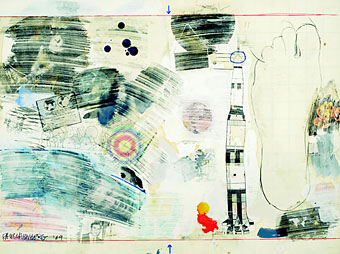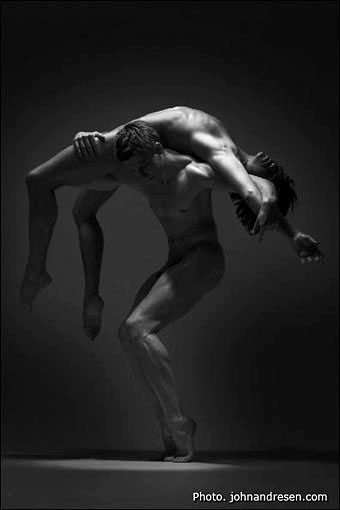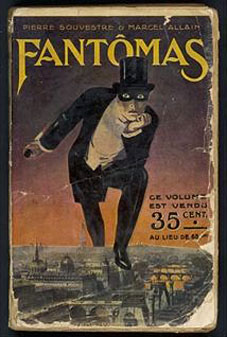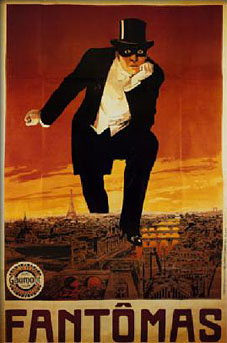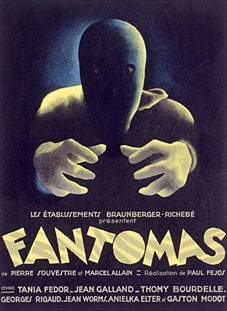No title (1969).
Robert Rauschenberg–Transfer Drawings of the 1960s
Jonathan O’Hara Gallery
41 East 57th Street, Suite 1302, New York, NY 10022
February 8th–March 17th 2007
The transfer technique, which he took up in 1958, had remarkably few moving parts. It involved soaking newspaper or magazine clippings in solvent, laying them face down on drawing paper and then hatching back and forth across them with a dry pen nib. The results dazzle; in a flickering, almost strobelike effect, images seem to rise to the surface like memories through a scrim—or through the static of a television set. The critic Lawrence Alloway likened the fluctuating motifs to “a postcard stand in a windstorm.”
A Rarely Seen Side of a Rauschenberg Shift.
Previously on { feuilleton }
• Jasper Johns

